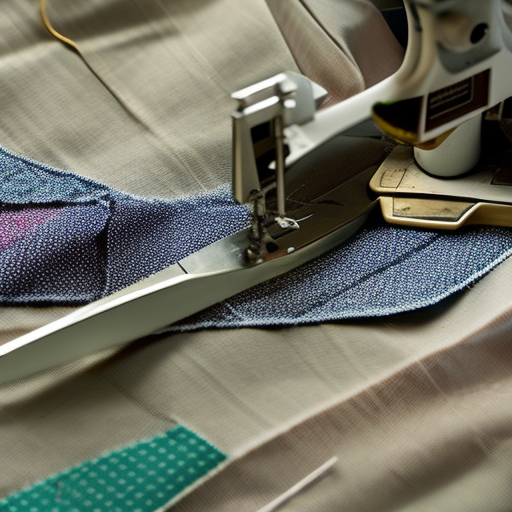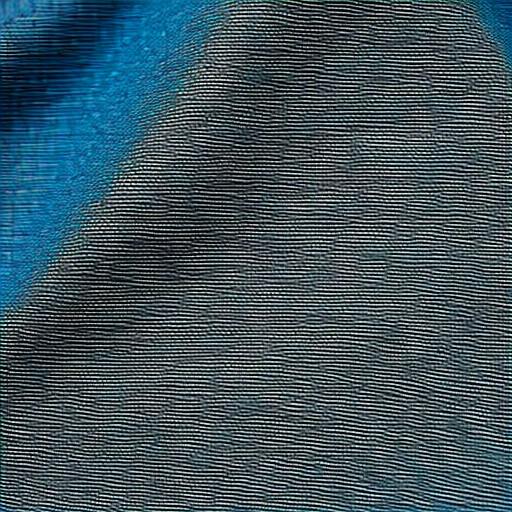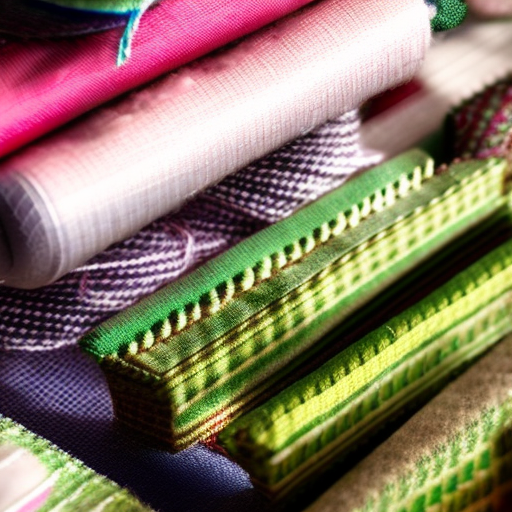

Sewing repair fabrics are essential for any avid sewer or tailor. Whether you need to mend a torn garment or reinforce a weak seam, having the right fabric on hand can make all the difference. These fabrics offer durability, versatility, and ease of use.
Types of
There are several types of sewing repair fabrics available in the market. Each fabric has its unique properties and suitable applications. Some common options include:
- Cotton Fabric: Cotton is a versatile fabric that is commonly used for sewing repairs. It is breathable, soft, and suitable for a wide range of garments. Cotton fabrics come in various weights and finishes, making them suitable for different repair needs.
- Denim Fabric: Denim is a heavyweight and sturdy fabric, perfect for repairing jeans, jackets, or any other heavy-duty items. It is known for its strength and durability, making it ideal for patches or reinforcing weak areas.
- Canvas Fabric: Canvas is a durable and heavy-duty fabric suitable for repairing bags, tents, or outdoor gear. Its tightly woven texture provides excellent sturdiness and strength. Canvas repair fabrics are often waterproof or water-resistant, increasing their suitability for outdoor applications.
- Nylon Fabric: Nylon repairs fabrics are lightweight, strong, and resistant to tearing and fraying. They are perfect for repairing lightweight garments, sportswear, or any fabric that requires flexibility along with strength.
Tips for Using
When working with sewing repair fabrics, here are a few tips to consider:
- Prepare the fabric: Before starting the repair, ensure that both the garment and the repair fabric are clean. This helps to achieve better adhesion and ensures a long-lasting repair.
- Choose the right thread: Select a thread that matches the color and weight of the original garment. Using a strong and high-quality thread ensures a durable repair.
- Secure edges: To prevent fraying, fold and secure the edges of the repair fabric before stitching it onto the garment.
- Follow proper stitching techniques: Use the appropriate stitch type, such as a straight stitch or zigzag stitch, depending on the repair needed. Ensure that the stitches are tight and evenly spaced for a professional finish.
- Consider using fusible interfacing: If the repair requires extra reinforcement, attaching fusible interfacing to the wrong side of the fabric can provide added stability and strength.
Where to Find
Sewing repair fabrics can be found in fabric stores, craft stores, and online marketplaces. Local fabric stores often have a wide selection of repair fabrics in different materials, colors, and patterns. Online marketplaces offer the convenience of browsing and ordering from the comfort of your home.
Before purchasing, consider the fabric quality, suitability for the repair, and any additional requirements like waterproofing or flexibility.

In Conclusion
Sewing repair fabrics play a crucial role in restoring and extending the life of garments and other fabric items. Whether you are a professional or an enthusiast, having the right fabric on hand can make repairs easier and more effective. Consider the type of repair needed and choose the appropriate fabric and techniques to achieve durable and visually appealing results.





This looks really cool!
This is such an interesting and unique find! I love that you can come across fabrics and materials that can help in sewing repairs. It’s so incredible that fabric repairs can make the garment look as good as new without having to buy a brand new item.
Wow this is amazing!
It’s great to know there are ways to fix up garments! Repairing fabrics definitely helps keep our clothes and other items from going to waste. It’s great that it can not only save you money but also make a beloved item look like it did when you first bought it.